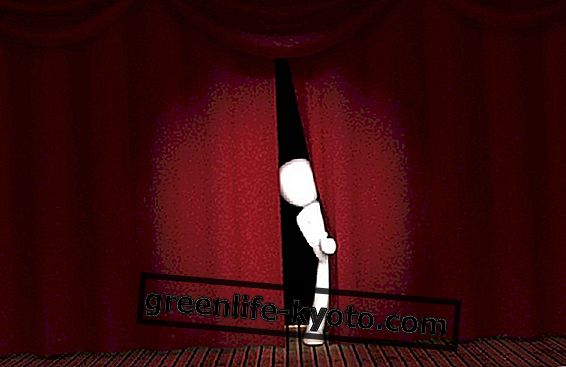
Silat and Philippine boxing: history
Since ancient times, all the territories that make up Indochina have always had movements and raids of pirates, buccaneers, colonizers, invaders.
To this end an interesting process took place which took the best of tribal fighting styles , born in the villages, codified them and offered them to the armies of local armies in defense of their lands.
With the name silat, for example, we mean a vast system of styles of tribal origin which, starting from the original areas (southern Thailand, Malaysia and Indonesia), extends today to Vietnam and the Philippines.
By the name of Filipino boxing or suntakan, we mean a complex system of combat by self-defense, which includes not only punches but a series of possible blows with every part of the body towards every part of the body (including limbs), and the use of weapons.
Filipino boxing is also widespread throughout the Indochinese area, and as in the case of silat, with which it shares common features, it has very ancient non-written origins, deriving from the southern migrations of Chinese tribes.
Archaeological studies have shown the presence of objects related to martial prarica already in the late Neolithic period.
Silat and Philippine boxing: features
What the Filipino silat and boxing have in common with the ancient Chinese kung fu styles is the presence of forms (juru) similar to dances, with fixed positions of the hands that sometimes resemble animals .
An element that betrays Indian influence is the constant use of positions bent down with a very low level, a typical element of Indian kalaripayattu art. Behind modern and codified practice, there are traditional rituals in the Silat and Philippine boxing, as well as typical exotic weapons.
Both with and without weapons, in these Indochinese disciplines there are many types of guards and steps to be learned: there is no single typical guard such as in boxing. In addition to the forms, there are also real martial dances, with a lot of players playing, often used in initiations, during fights or grade exams .
Filipino Silat and boxing: practices
Referring to the silat and the Philippine boxing we are talking about martial arts from self- defense, apparently bloody, with a limited sporting side.
Generally only a few practical aspects of these martial arts are imported and studied in the West, leaving aside all the traditional side including initiations and dances, the study of inner energies and pressure points, linked to an ancient common heritage with Ayurveda and Thai massage.
Nowadays, Philippine silat and boxing are studied above all for the effectiveness in the use of weapons : instead of studying sword and machete (i bolus) the same techniques are applied to short sticks and knives.
In particular the Filipino kali escrima is extremely effective in this sense and is studied all over the world by the police and security companies . Other important elements in the study of these martial arts are the totally unusual angles of attack, which allow to attack without being a target, and the sense of fluency between one technique and another.
Silat and Philippine boxing: some benefits
Here are some good reasons to learn more about these two disciplines:
> Those who practice combat sports can greatly benefit from expanding their martial horizons in the study of Filipino silat and boxing : they can learn new angles of attack, learn positions where they become difficult targets and the use of combinations of strokes not known by most, continuous and unpredictable rhythm changes, all elements that when combined with another martial art, greatly enrich a fighter.
> Learning the use of weapons in the Silat and in the Philippine boxing will give us the possibility to defend ourselves, in case of need, even with a small stick, an umbrella, a rolled up newspaper, or any other similar object. If the police and military forces study these techniques there will be a reason ...
> Studying Philippine silat and boxing in their traditional forms can be an enriching and extremely interesting cultural experience . The study of all forms and dances, which are connected at the same time to tribal origins, Chinese kung fu and Indian arts, is priceless.
> Studying these arts we will approach complete martial systems : movements, distance management, use of weapons, study of weak points in the body, study of breathing and inner energies, punches, kick, headers, elbows, knees, shoulder blows. Again, even knockdowns, projections, submissions and strangulations. Nothing is left aside.













